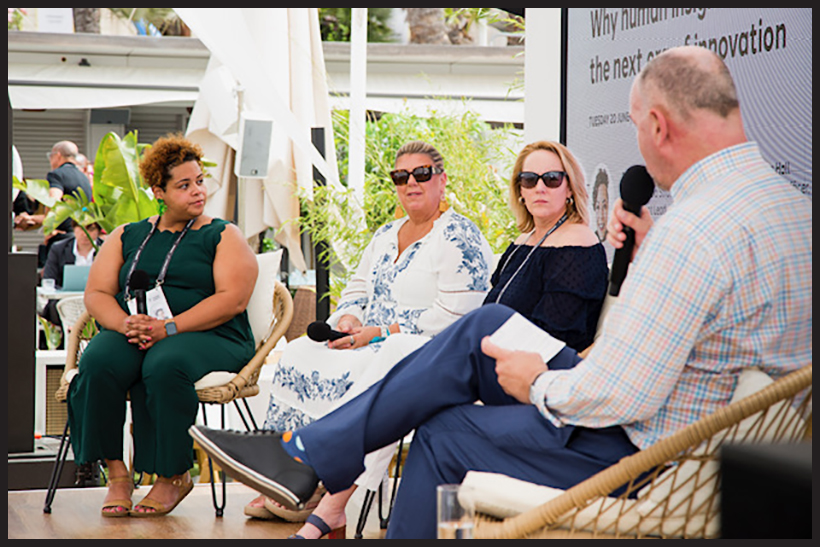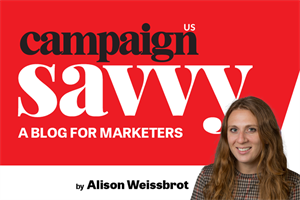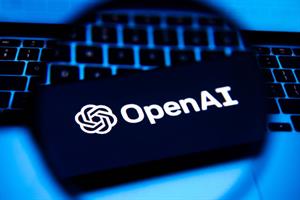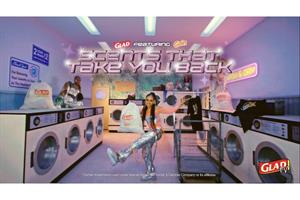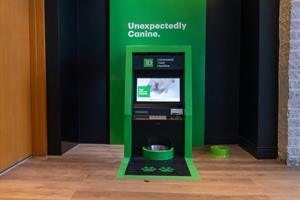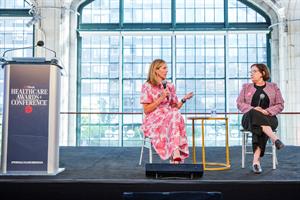Featured speakers:
- Brianne Boles-Marshall, diversity media strategy and investment lead, General Motors
- Kathleen Hall, chief brand officer, Microsoft
- Jacki Kelley, CEO, Dentsu Americas; chief global client officer, Dentsu
- Steve Barrett, VP, editorial director, Campaign US (moderator)
The world’s population has reached over 8 billion. This marks more than a milestone – it is forging a new era for humanity – one in which human insights can awaken the best of human potential.
Modern brand marketers are creating human-centric solutions to future-proof their business and solve for unmet societal needs, while building loyalty across the generational spectrum.
During this Dentsu-hosted panel at Cannes, presented in partnership with Campaign US, brand marketers from a couple of the world’s biggest brands share new value propositions, human-centric design for individuals and opportunities for growth through diversity and sustainability.
Finding new brand value
The advertising industry has historically been wired to view population growth as a stimulator for consumption. This is no longer sustainable and brands need to find a new value proposition to unlock growth and good.
In this new era, General Motors has a vision to be the most inclusive company in the world, asserts Brianne Boles-Marshall, diversity media strategy & investment lead at General Motors. “We want to make sure everybody feels welcome to the table when we talk about the future of transportation and how that impacts all of us,” she notes.
In addition, the company has set its sights on “zero crashes, zero emissions, zero congestion,” adds Boles-Marshall. The goal is “to drive change in the way that we commute and that we keep everybody safe.”
The company is pivoting from production of primarily internal combustion engine (ICE) vehicles to an all-electric future, she explains. That extends beyond the vehicles to local infrastructure, including charging stations and consumer education.
“It does require that we as human beings play a role in facilitating that change,” continues Boles-Marshall, “as well as by changing how we behave and interact with our vehicles.”
With 1.6 billion customers worldwide, Microsoft believes that “world issues are our issues because they are customer issues,” shares Kathleen Hall, the company’s chief brand officer. “And they usually are our issues early because of the scope and scale of that base.”
With its tools and capabilities, Microsoft “wants to set the best example we can and have a ripple effect throughout the world,” she points out. One goal is to “measure and scorecard the reality of the impact on the environment now, so we can begin to assess how we change it.” In these areas, artificial intelligence (AI) has the “potential to amplify creativity.”
The value creation model at Dentsu is business to business to society (B2B2S), which reflects its “commitment to help drive your business, but also drive good in society,” says Jacki Kelley, CEO, Dentsu Americas and chief global client officer at Dentsu. An individual podcaster, for example, can “use AI to immediately translate a podcast in every other language,” she adds. As a result, “our world will get even smaller and we will understand each other better by virtue of AI enabling that kind of reach.”
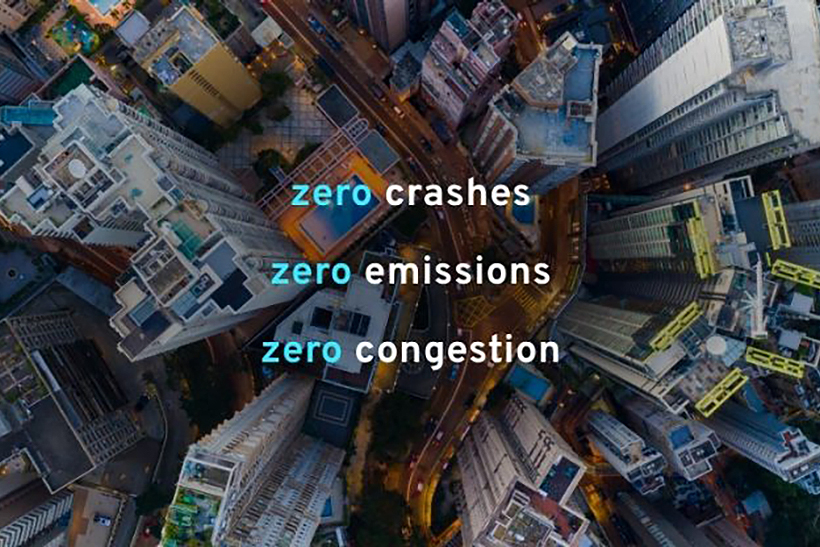
The human potential for solutions
The unique issues an individual faces can offer insight into unmet needs and opportunities for growth.
At General Motors, Boles-Marshall is “tasked to think about diversity from every lens and angle,” she reports. A truck designed for a double amputee is “an illustration of how we outfit our vehicles to be considerate of people who are differently abled,” a need that will continue to grow as the population increases and ages.
“We tend to think of groups, but really the magic is in the individual,” notes Hall. “Then that emotion and empathy we feel is universal across any group.” The key is to “find that kernel of truth that you can actually authentically address with your brand.”
For example, when Microsoft delved into the issue of the lack of women in technology, they found it was not simply due to a lack of female college graduates with the right degrees. Fourth- and fifth-grade girls were being derailed by a lack of role models, social stigma and a misconception of its impact, observes Hall. To address this, Microsoft has partnered with organizations such as National Geographic, Black Girls Code and the Boys and Girls Clubs to bring female scientists to underserved communities.
One project in Canada that Dentsu created based on a unique human insight addressed the reality that “many consumers were hit at the grocery store with inflation and it was really impacting families,” notes Kelley.
To help consumers beat the 11% price increase, Dentsu created the Inflation Cookbook, a grocery shopping tool that predicts the biggest price drops of the week and generates recipes based on those ingredients. The projected savings for families by December 2023 is $21.8 million.

Designing for individuals
Brands looking for opportunities for growth are focusing on designs for individuals versus larger groups.
“Everybody wants personalization at scale,” says Boles-Marshall. “Everybody wants to be seen, but there are also human truths that are red threads. If you want to be a sustainable brand within society today, you have to think about what are those long-lasting impacts that you can have on human beings and you only get that from uncovering those insights.”
Diversity is the key to growth. That is why General Motors has “allocated a share of its budget to be mindful of diverse audiences – black, Hispanic, Asian, LGBTIQA+, differently abled audiences,” Boles-Marshall explains. “We're looking for ways in which our products will resonate well with those audiences and ways that we can speak with them in an authentic voice.”
At Microsoft, the prevailing design principle is “designed for one, benefit many,” shares Hall. For example, a product designed for dexterity issues also appeals to a customer who has lost a hand, a person with arthritis and a mother with a baby on her hip and one free hand.
“When you're focusing on a very specific need for a very specific individual,” she adds, “there tends to be a halo effect and amplifier effect to others.”
Dentsu has found that “when you design for many, you design for no one,” Kelley suggests. Technology such as Dentsu’s recent acquisition of Tag helps ensure that brands “can meet the need for personalization,” she continues. It will become increasingly important with the next generation that is “growing up in a digitally native, socially conscious environment and has a lot of sway in households.”
It’s important to remember that “if we divide everybody into little pockets, you lose the commonality,” Hall concludes. “Part of the beauty of communication has been connection, not separation.”
For deeper insights into the full panel, catch the full session recording here.



